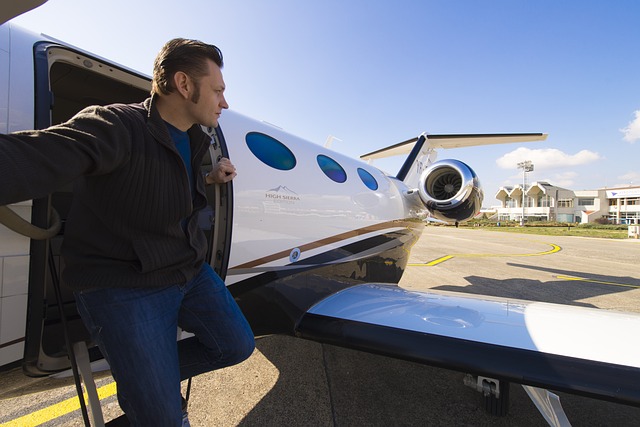Exploring Aviation Training Paths? Program Structures May Vary by Location
Aviation training opportunities may vary based on local institutions, available program types, and individual backgrounds. Some individuals might explore introductory courses, while others could consider structured multi-phase training depending on availability. Entry conditions, costs, and formats can differ across training centers.

What Components Make Up Aviation Training Programs?
Aviation programs typically combine theoretical instruction with hands-on practical training. The cornerstone of most programs includes ground school education covering aerodynamics, navigation, meteorology, and aviation regulations. Simulator modules play an increasingly important role, allowing students to practice procedures and emergency scenarios in a controlled environment before transitioning to actual aircraft.
How Do Entry Requirements Differ Across Programs?
Entry requirements for aviation training programs show considerable variation depending on the institution and location. Most programs require candidates to meet minimum age requirements, typically 17-18 years for private pilot training and higher for commercial programs. Language proficiency, particularly in English, is often mandatory given its status as the international language of aviation. Educational prerequisites can range from a high school diploma to specific mathematics and physics coursework.
What Training Paths Are Available for Aspiring Aviators?
Aviation career paths often follow multi-stage training progressions. Students typically begin with private pilot certification before advancing to instrument ratings and commercial licenses. Some programs offer integrated courses that combine multiple certification levels into a comprehensive curriculum, while others follow modular approaches allowing students to progress at their own pace.
How Does Training Availability Vary by Region?
The accessibility of aviation training varies significantly by geographic location. Major metropolitan areas often feature multiple flight schools and training centers, while rural regions may have limited options. Weather conditions and airspace restrictions in different regions can also impact training schedules and program duration.
What Certification Options Exist in Structured Programs?
Structured aviation programs frequently offer various certification levels and specialization options. These may include private pilot licenses, commercial certificates, instrument ratings, multi-engine ratings, and instructor certifications. Some programs provide additional endorsements for specific aircraft types or operating conditions.
Common Training Program Structures and Estimated Costs
| Program Type | Training Components | Estimated Cost Range |
|---|---|---|
| Private Pilot License | Ground School, Flight Training (40-60 hours) | $12,000 - $20,000 |
| Commercial Pilot License | Advanced Ground Training, Flight Time (250 hours) | $30,000 - $60,000 |
| Airline Transport Pilot | Comprehensive Training Program (1500 hours) | $80,000 - $150,000 |
Prices, rates, or cost estimates mentioned in this article are based on the latest available information but may change over time. Independent research is advised before making financial decisions.
Aviation training represents a significant investment in both time and resources, with program structures tailored to meet various career goals and regional requirements. Success in aviation training depends on choosing a program that aligns with personal objectives while meeting regulatory standards and industry demands. The variety of available training paths allows aspiring aviators to select options that best suit their circumstances and career aspirations.




